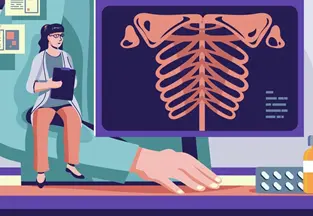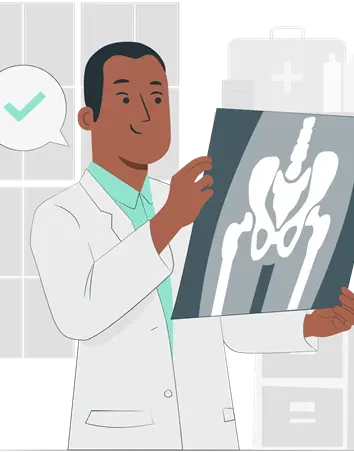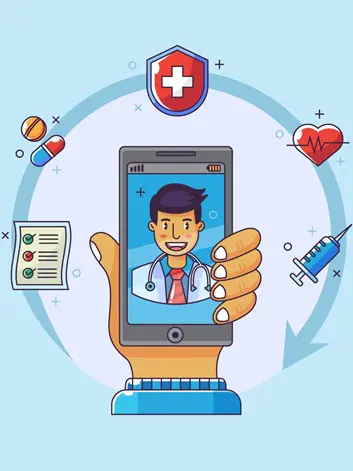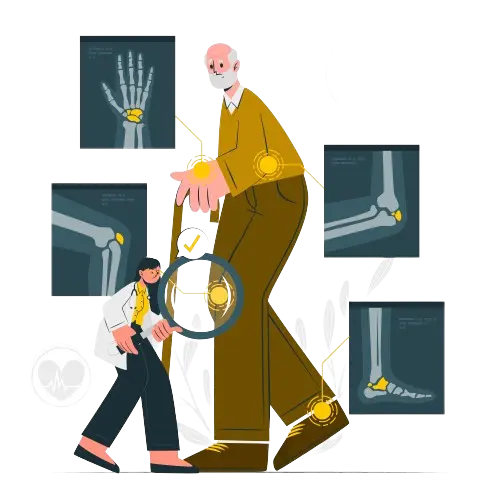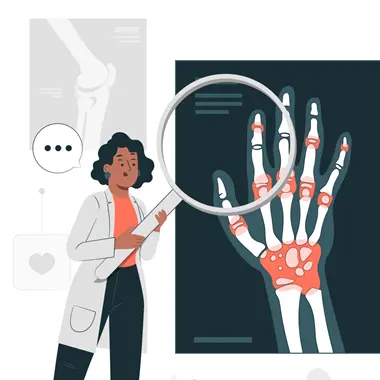The field of telemedicine has been rapidly growing, and teleradiology is an integral part of it. Telemedicine refers to the use of telecommunication technology to provide medical services remotely. A teleradiology service provider utilizes this technology to help telemedicine expand its reach across every medical specialty by transmitting medical data to radiologists, who can then interpret and provide accurate diagnoses. Using teleradiology, you can also get the facility of picture archiving and communication for various radiology studies.
This method of remote data interpretation has many advantages.
- Teleradiology allows the radiologists to provide services without actually being present in that exact location.
- It will erase the condition where the lack of adequate staff is not an issue anymore.
- By diagnosing patients in rural areas, teleradiology improves radiological services in those sectors.
- Teleradiology offers a team of highly skilled radiologists and physicians; thus, there will always be the availability of radiologists to interpret and to provide accurate diagnostics.

